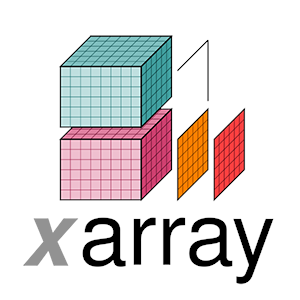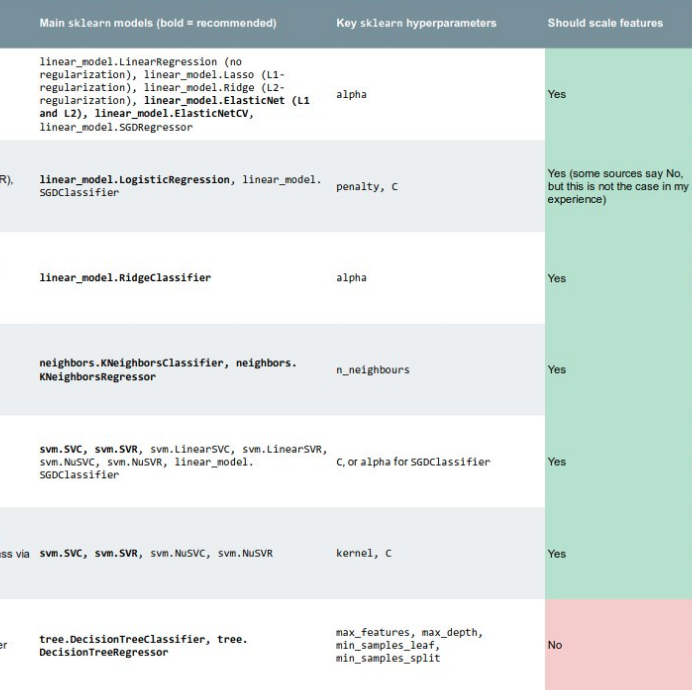Journalists are scientists
/ Tim Radford. Image: Stevyn Colgan.On Thursday I visited The Guardian’s beautiful offices in King’s Cross for one of their Masterclass sessions. Many of them have sold out, but Tim Radford’s science writing evening did so in hours, and the hundred-or-so budding writers present were palpably excited to be there. The newspaper is one of the most progressive news outlets in the world, and boasts many venerable alumni (John Maddox and John Durant among them). It was a pleasure just to wander around the building with a glass of wine, with some of London’s most eloquent nerds.
Tim Radford. Image: Stevyn Colgan.On Thursday I visited The Guardian’s beautiful offices in King’s Cross for one of their Masterclass sessions. Many of them have sold out, but Tim Radford’s science writing evening did so in hours, and the hundred-or-so budding writers present were palpably excited to be there. The newspaper is one of the most progressive news outlets in the world, and boasts many venerable alumni (John Maddox and John Durant among them). It was a pleasure just to wander around the building with a glass of wine, with some of London’s most eloquent nerds.
Radford is not a trained scientist, but a pure journalist. He left school at 16, idolized Dylan Thomas, joined a paper, wrote like hell, and sat on almost every desk before mostly retiring from The Guardian in 2005. He has won four awards from the Association of British Science Writers. More people read any one of his science articles on a random Tuesday morning over breakfast than will ever read anything I ever write. Tim Radford is, according to Ed Yong, the Yoda of science writers.
Within about 30 minutes it became clear what it means to be a skilled writer: Radford’s real craft is story-telling. He is completely at home addressing a crowd of scientists — he knows how to hold a mirror up to the geeks and reflect the fun, fascinating, world-changing awesomeness back at them. “It’s a terrible mistake to think that because you know about a subject you are equipped to write about it,” he told us, getting at how hard it is to see something from within. It might be easier to write creatively, and with due wonder, about fields outside our own.
 Some in the audience weren’t content with being entertained by Radford, watching him in action as it were, preferring instead to dwell on controversy. He mostly swatted them aside, perfectly pleasantly, but one thing he was having none of was the supposed divide between scientists and journalists. Indeed, Radford asserted that journalists and scientists do basically the same thing: imagine a story (hypothesis), ask questions (do experiments), form a coherent story (theory) from the results, and publish. Journalists are scientists. Kind of.
Some in the audience weren’t content with being entertained by Radford, watching him in action as it were, preferring instead to dwell on controversy. He mostly swatted them aside, perfectly pleasantly, but one thing he was having none of was the supposed divide between scientists and journalists. Indeed, Radford asserted that journalists and scientists do basically the same thing: imagine a story (hypothesis), ask questions (do experiments), form a coherent story (theory) from the results, and publish. Journalists are scientists. Kind of.
I loved Radford's committed and unapologetic pragmatism, presumably the result of several decades of deadlines. “You don’t have to be ever so clever, you just have to be ever so quick,” and as a sort of corollary: “You can’t be perfectly right, but you must be mostly right.” One questioner accused journalists of sensationalising science (yawn). “Of course we do!” he said — because he wants his story in the paper, and he wants people to read it. Specifically, he wants people who don’t read science stories to read it. After all, writing for other people is all about giving them a sensation of one kind or another.
I got so much out of the 3 hours I could write at least another 2000 words, but I won’t. The evening was so popular that the paper decided to record the event and experiment with a pay-per-view video, so you can get all the goodness yourself. If you want more Radford wisdom, his Manifesto for the simple scribe is a must-read for anyone who writes.
Tim Radford's most recent book, The Address Book: Our Place in the Scheme of Things, came out in spring 2011.
The photograph of Tim Radford, at The World's Most Improbable Event on 30 September, is copyright of Stevyn Colgan, and used with his gracious permission. You should read his blog, Colganology. The photograph of King's Place, the Guardian's office building, is by flickr user Davide Simonetti, licensed CC-BY-NC.
I was surprised to find no Wikipedia article on Tim Radford, so I created one. If you know anything more about Mr Radford, please add to it (with citations, of course!).
I also made an edit to this post: I changed the wording of my reference to Radford as Yoda, to better match the tweet.
























 Except where noted, this content is licensed
Except where noted, this content is licensed